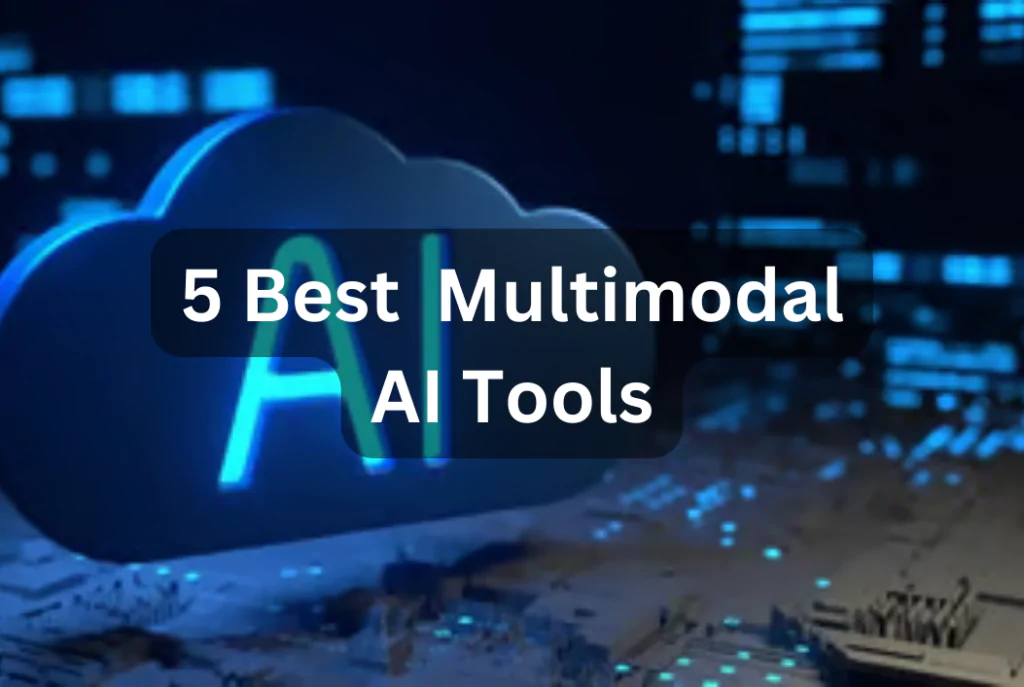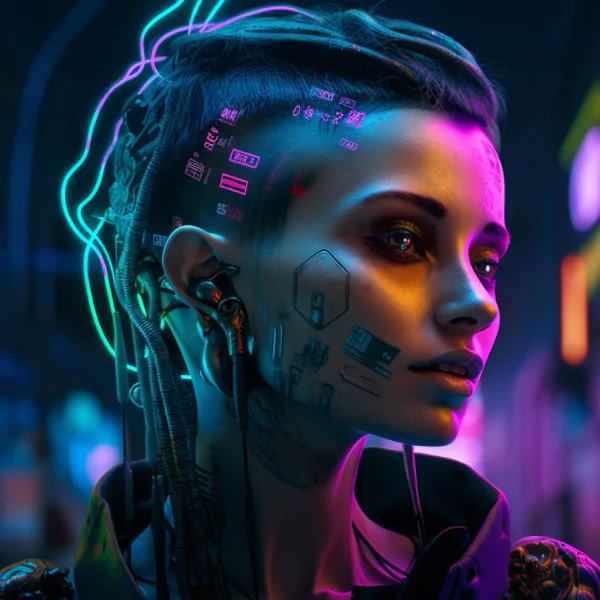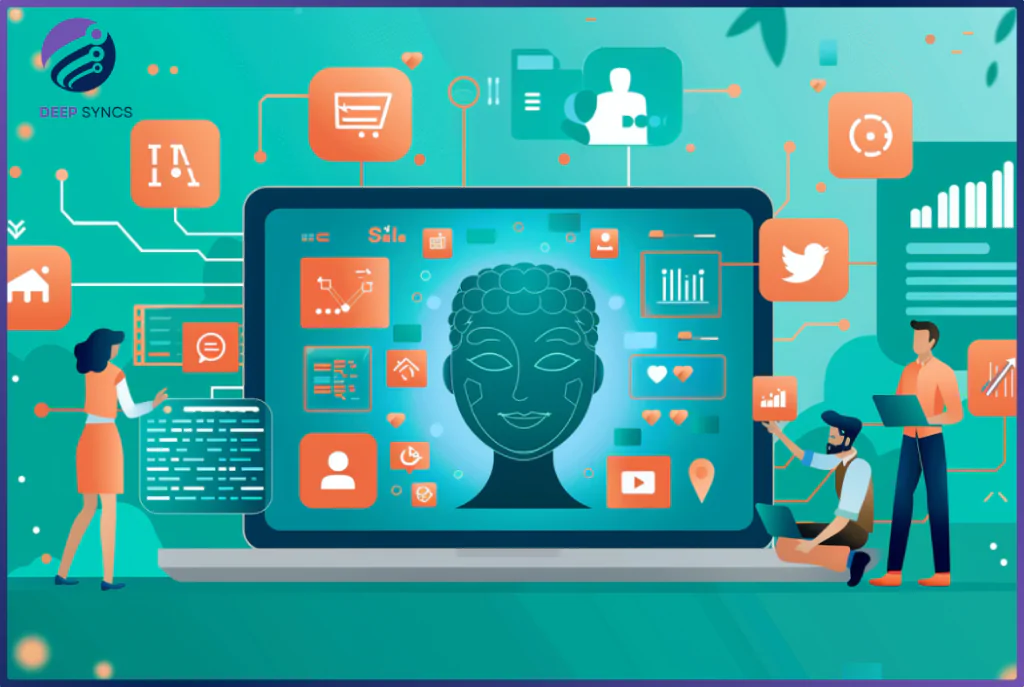In the era of artificial intelligence, the fusion of multiple data modalities has become the cornerstone of innovation. As we stride into 2024, the demand for sophisticated AI tools capable of processing diverse data types is at its zenith. These tools, known as multimodal AI tools, harness the power of neural networks and advanced algorithms to analyze and interpret text, images, audio, gestures, and more. Here, we unveil the five best multimodal AI tools poised to redefine industries and revolutionize user experiences in 2024.
5 Best Multimodal AI Tools
1. Vertex AI

Vertex AI emerges as a titan in the realm of multimodal AI, offering a comprehensive platform for building, deploying, and managing machine learning models. With its intuitive interface and powerful capabilities, Vertex AI empowers users to seamlessly integrate multiple data modalities, including text, images, and audio, into their AI applications. Its robust feature set encompasses advanced model training, hyperparameter tuning, and automated machine learning, making it an indispensable tool for organizations seeking to harness the full potential of multimodal data.
Features
- Comprehensive Platform: Offers a comprehensive platform for building, deploying, and managing machine learning models.
- Intuitive Interface: Provides an intuitive interface for seamless integration of multiple data modalities.
- Advanced Features: Includes advanced model training, hyperparameter tuning, and automated machine learning.
- Support for Multiple Modalities: Supports text, images, and audio data for versatile applications.
- Robust Performance: Ensures robust performance for driving innovation and efficiency in AI projects.
2. Google Gemini
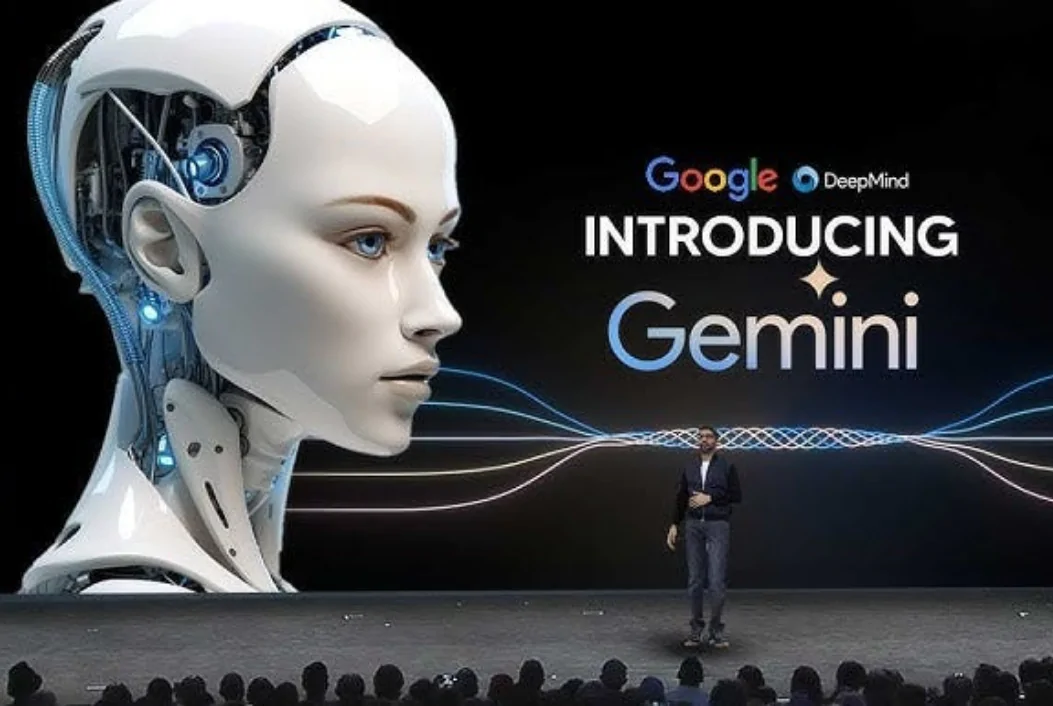
A naturally multimodal LLM, Google Gemini can recognize and produce text, images, video, code, and audio. There are three primary versions of Gemini available: Gemini Ultra, Gemini Pro, and Gemini Nano. Gemini Nano is optimized for on-device tasks, making it perfect for mobile device users; Gemini Ultra is the largest LLM; and Gemini Pro is made to scale across multiple tasks.
Gemini has performed admirably ever since it was released. Demis Hassabis, the co-founder and CEO of Google DeepMind, claims that Gemini has beaten GPT-4 on 30 of 32 benchmarks.
In addition, Gemini has attained a state-of-the-art score on the MMMU benchmark, which evaluates performance, and has become the first language model to surpass human experts on massive multitask language understanding (MMLU).
Features
- Textual Understanding: Unparalleled ability to decipher textual data within visual contexts.
- Deep Learning: Utilizes deep learning algorithms and vast datasets to transcend linguistic barriers.
- Multimodal Analysis: Analyzes sentiment in social media posts accompanied by images and extracts entities from videos.
- Informed Decision-Making: Empowers users to make informed decisions and enhance user experiences.
- Cutting-Edge Technology: Incorporates cutting-edge technology for driving advancements in AI-driven insights.
3. Meta ImageBind
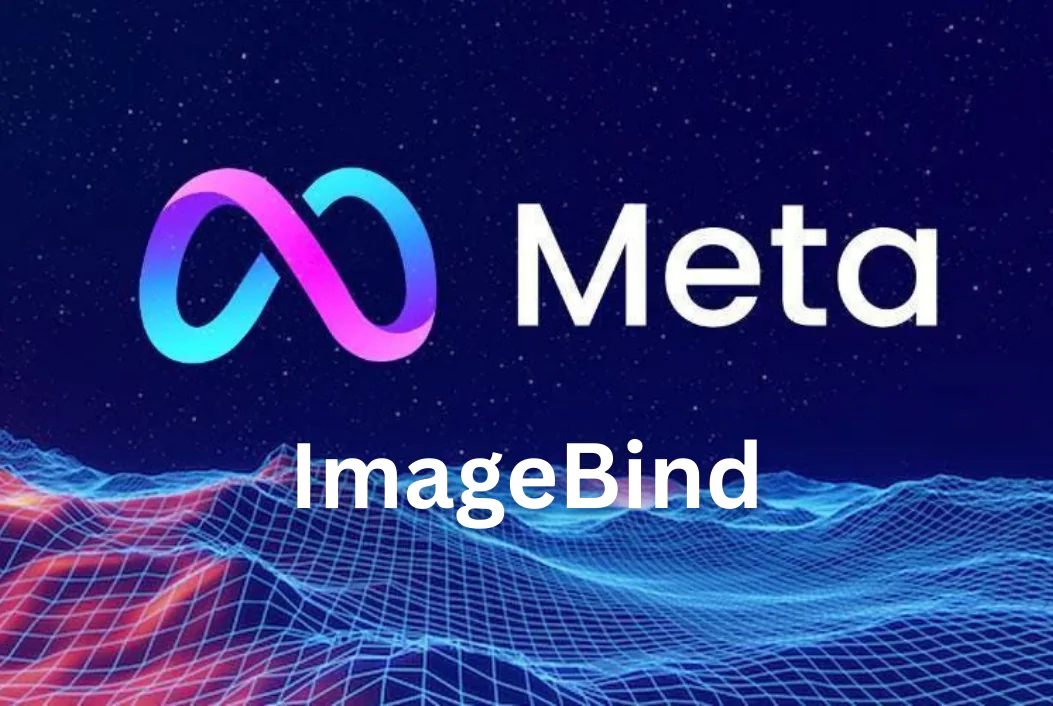
The first AI model that can combine data from six different modalities is Meta ImageBind, an open-source multimodal AI model that can process text, audio, visual, movement, thermal, and depth data. According to Meta, this model is unique.
You can use ImageBind to create new art by feeding it audio from an engine in a car and an image or prompt of a beach, for instance.
The model itself can be applied to a variety of tasks, including converting audio clips into images, finding multimodal content using text, audio, and images, and enabling machines to comprehend multiple modalities.
Features
- Neural-Enabled Recognition: Employs neural-enabled technology for remarkable accuracy in image recognition.
- Advanced Algorithms: Utilizes advanced convolutional neural networks (CNNs) and state-of-the-art algorithms.
- Diverse Applications: Offers applications in e-commerce, healthcare, surveillance, and autonomous vehicles.
- Precision and Accuracy: Ensures precision in recognizing intricate patterns and objects within visual data.
- Industry-Leading Performance: Delivers industry-leading performance for driving innovation and efficiency.
4. Runway Gen-2

A multimodal AI model called Runway Gen-2 can produce videos using text, image, or video input. With Gen-2, users can produce original video content by utilising text-to-video, image-to-video, and video-to-video techniques.
Users can also choose to create a video prompt that is identical in style to an already-existing image. This implies that a user can imitate an existing compositional style in a new piece of content if they like the way it looks.
Features
- Audio-Visual Fusion: Seamlessly integrates auditory and visual data for enhanced perception and comprehension.
- Sophisticated Algorithms: Utilizes sophisticated fusion algorithms and real-time processing capabilities.
- Immersive Experiences: Enables immersive experiences in virtual reality and augmented reality environments.
- Accessibility Solutions: Provides assistive technologies for the visually impaired to enhance accessibility.
- Human-Computer Interaction: Redefines human-computer interaction and perception boundaries for enhanced experiences.
5. ChatGPT (GPT-4V)
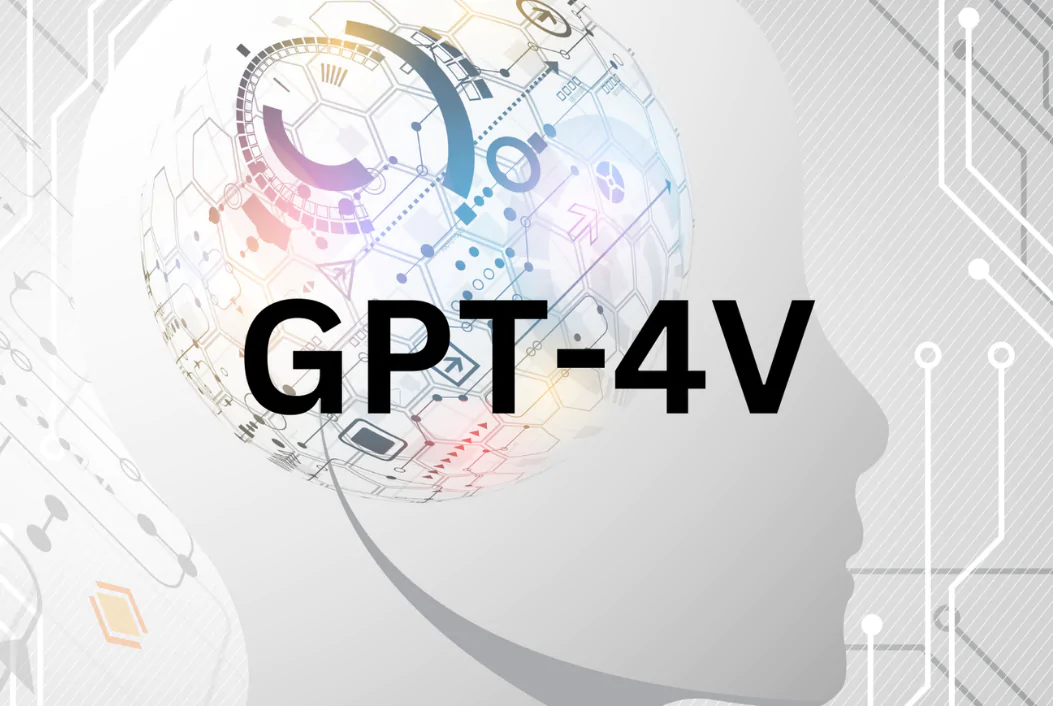
A multimodal version of GPT-4 called GPT-4V, or GPT-4 with vision, allows users to enter text and images into ChatGPT. It is now possible for users to combine text, audio, and images in their prompts.
Up to five distinct AI-generated voices can be used by ChatGPT to respond to users simultaneously. This implies that users can converse with the chatbot by voice (though voice is only available through the ChatGPT app on iOS and Android devices).
Additionally, users can use DALLE-3 within ChatGPT to generate images directly. As of November 2023, ChatGPT claimed to have 100 million active users every week. This makes the GPT-4V variant one of the most popular multimodal AI tools available.
Features
- Powerful Model: Powered by the formidable GPT-4V model for multimodal conversational AI.
- Versatile Understanding: Understands and generates human-like responses across text, images, and audio.
- Personalized Recommendations: Offers personalized recommendations based on textual queries and visual preferences.
- Natural Conversations: Engages in natural conversations enriched with audio cues for a seamless user experience.
- Next-Gen Virtual Agents: Redefines interactive AI assistants and virtual agents for a more intuitive digital future.
Conclusion
AI will be multimodal and interoperable in the future. More inputs a vendor supports means more combinations of ideas are available to you in one location and more possible use cases for end users. For those interested in experimenting with multimodality in their workflow, we suggest using more approachable tools such as Runway Gen-2 or ChatGPT.
FAQ
Q1: What is an example of a multimodal AI?
Using multiple data modalities and generating outputs with those modalities is possible with multimodal AI. A multimodal system can generate both text and images, for example, if you give it both text and images.
Q2: Is ChatGPT multimodal?
Yes, ChatGPT has evolved beyond a simple chatbot. With the most recent release of OpenAI, ChatGPT now has strong new capabilities beyond text. It can recognise objects in pictures, react to audio recordings, and narrate bedtime stories in its own artificial intelligence voice.
Q3: What is an example of multimodal AI?
For example, Gemini, Google’s multimodal model, can be used to create written recipes in response to photos of cookie plates, and vice versa.
Q4: What is the future of multimodal AI?
The development of multimodal AI and multimodal models is a significant advancement in the way AI is constructed and extended in the upcoming applications.
